-
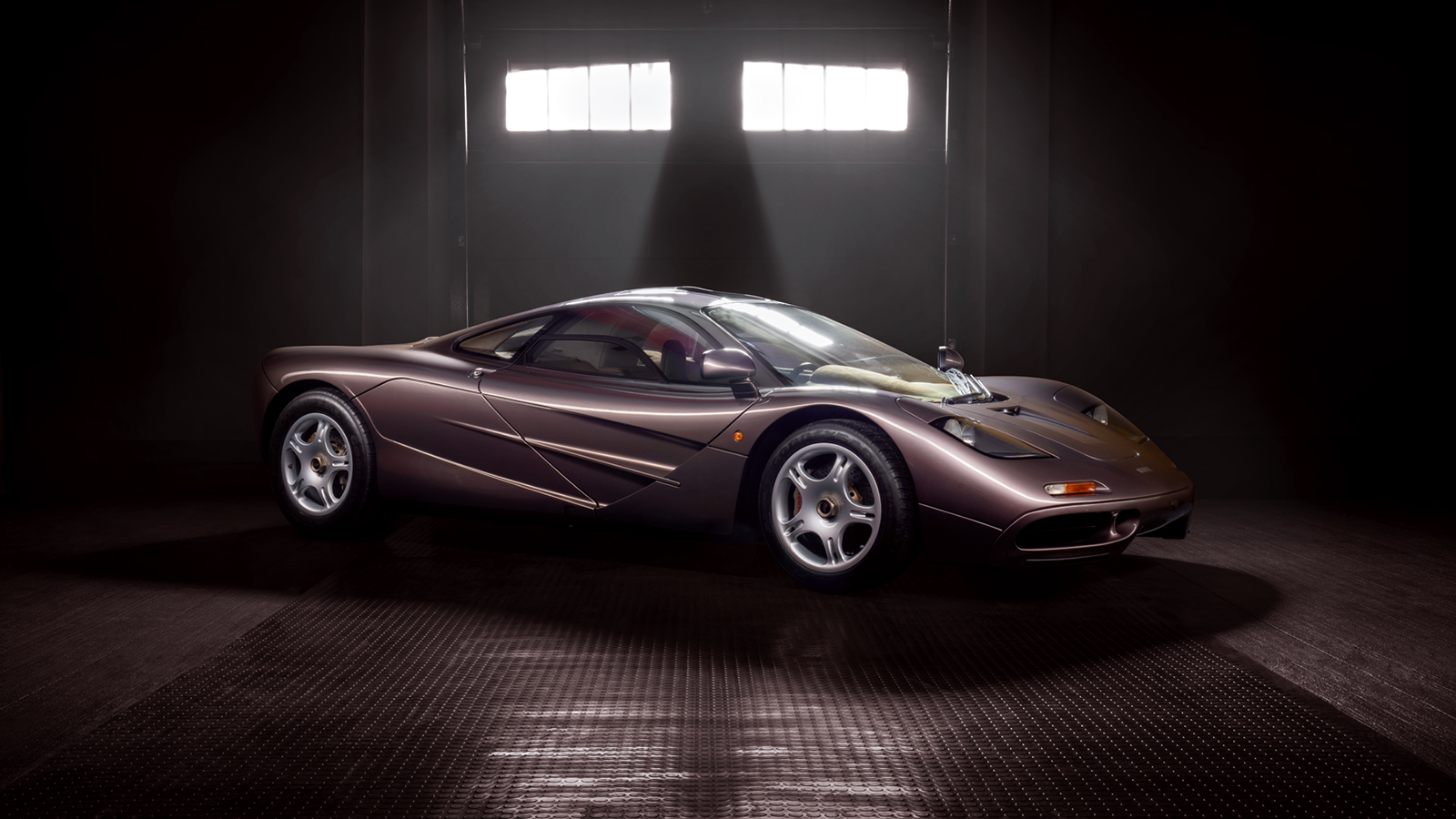 © Mike Maez/Gooding & Company
© Mike Maez/Gooding & Company -
 © Mike Maez/Gooding & Company
© Mike Maez/Gooding & Company -
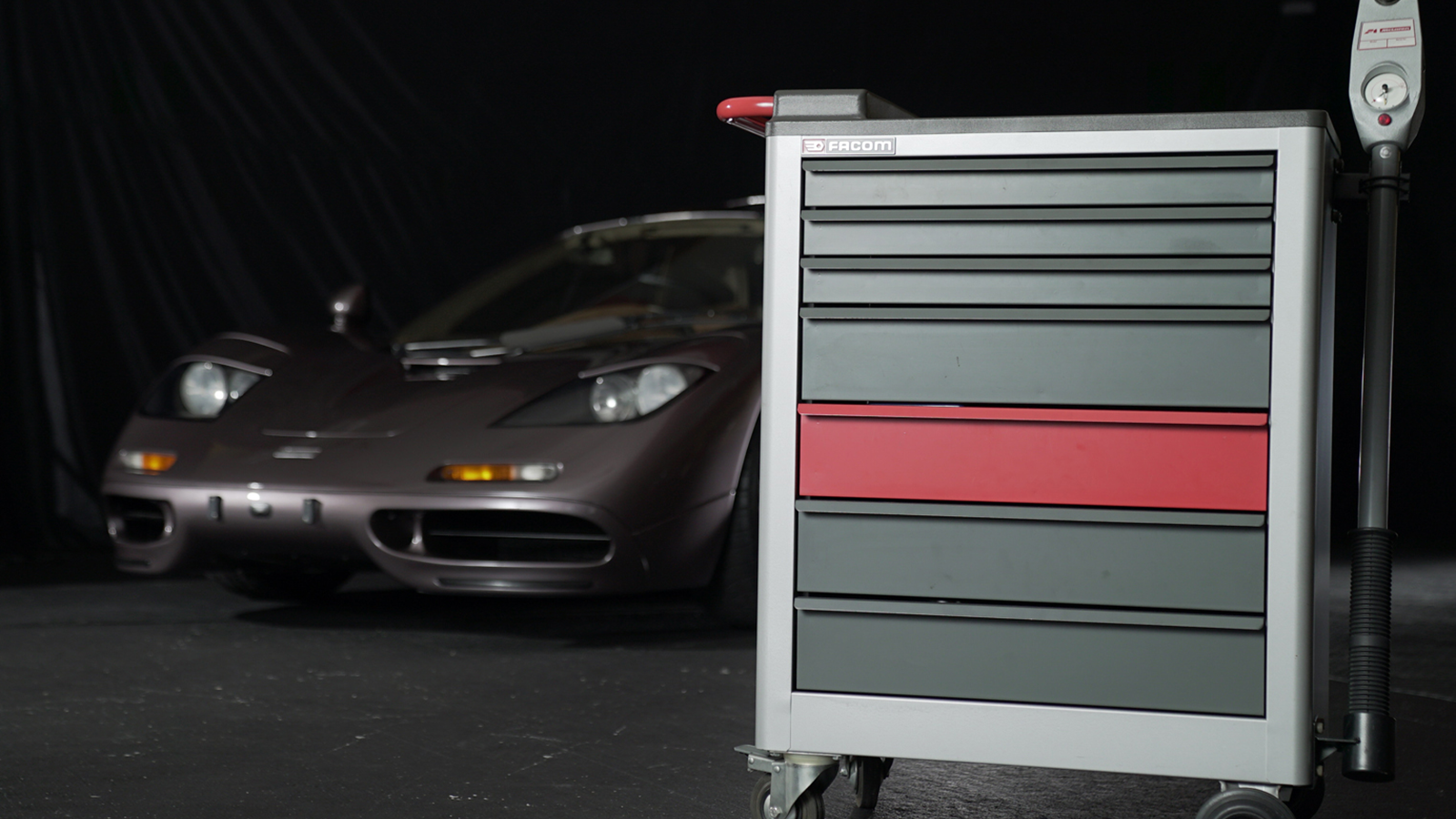 © Mike Maez/Gooding & Company
© Mike Maez/Gooding & Company -
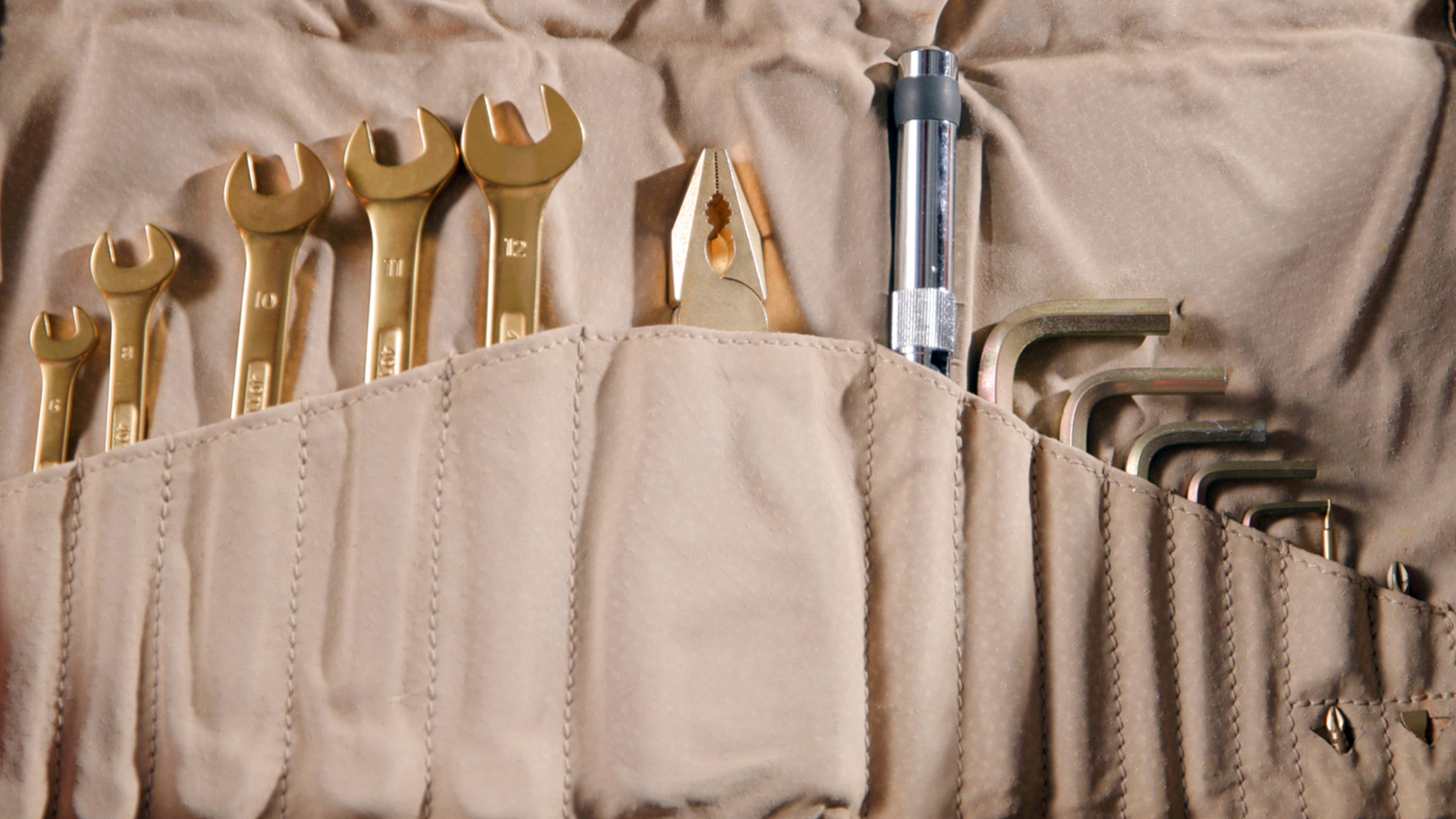 © Mike Maez/Gooding & Company
© Mike Maez/Gooding & Company -
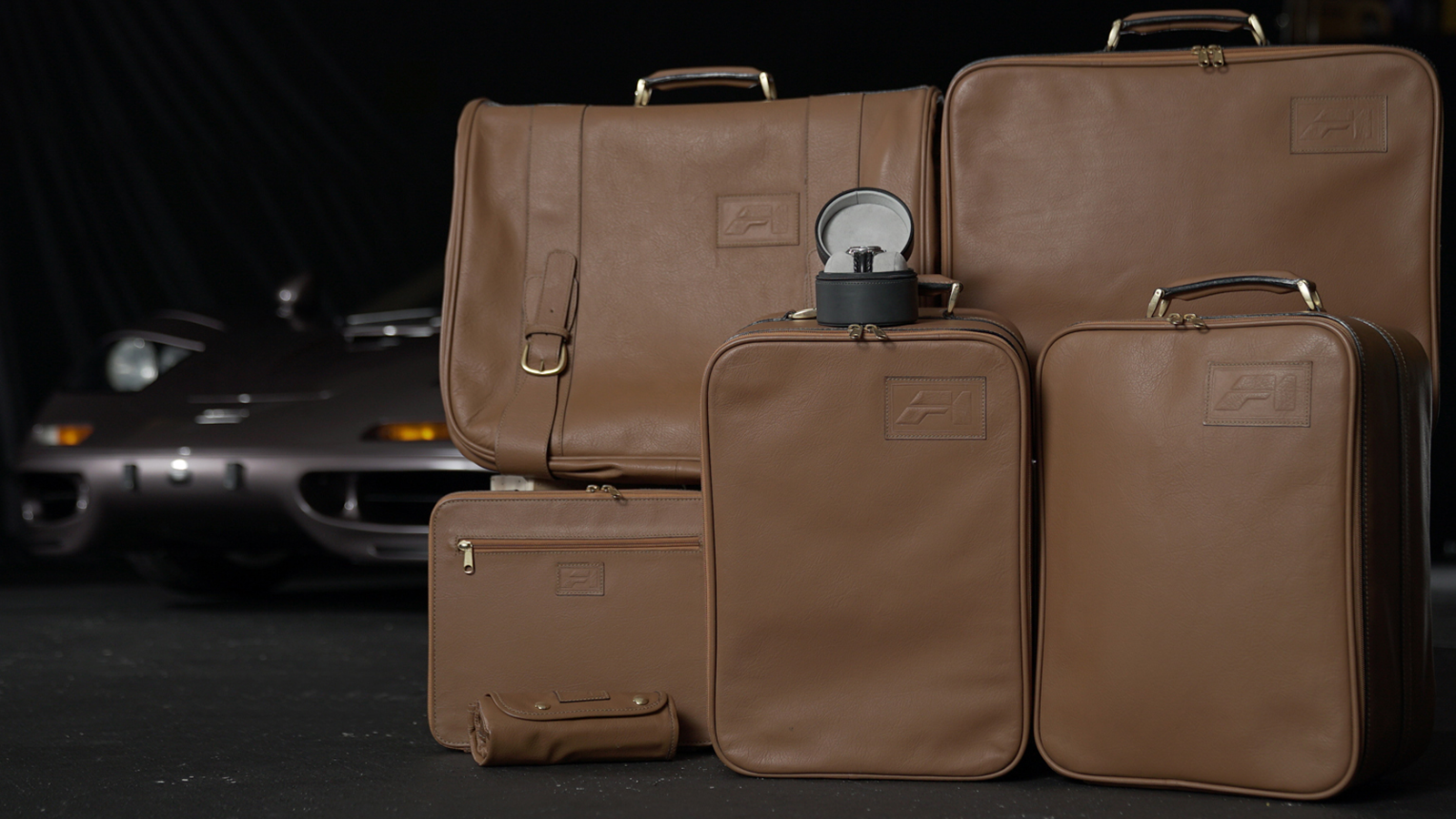 © Mike Maez/Gooding & Company
© Mike Maez/Gooding & Company -
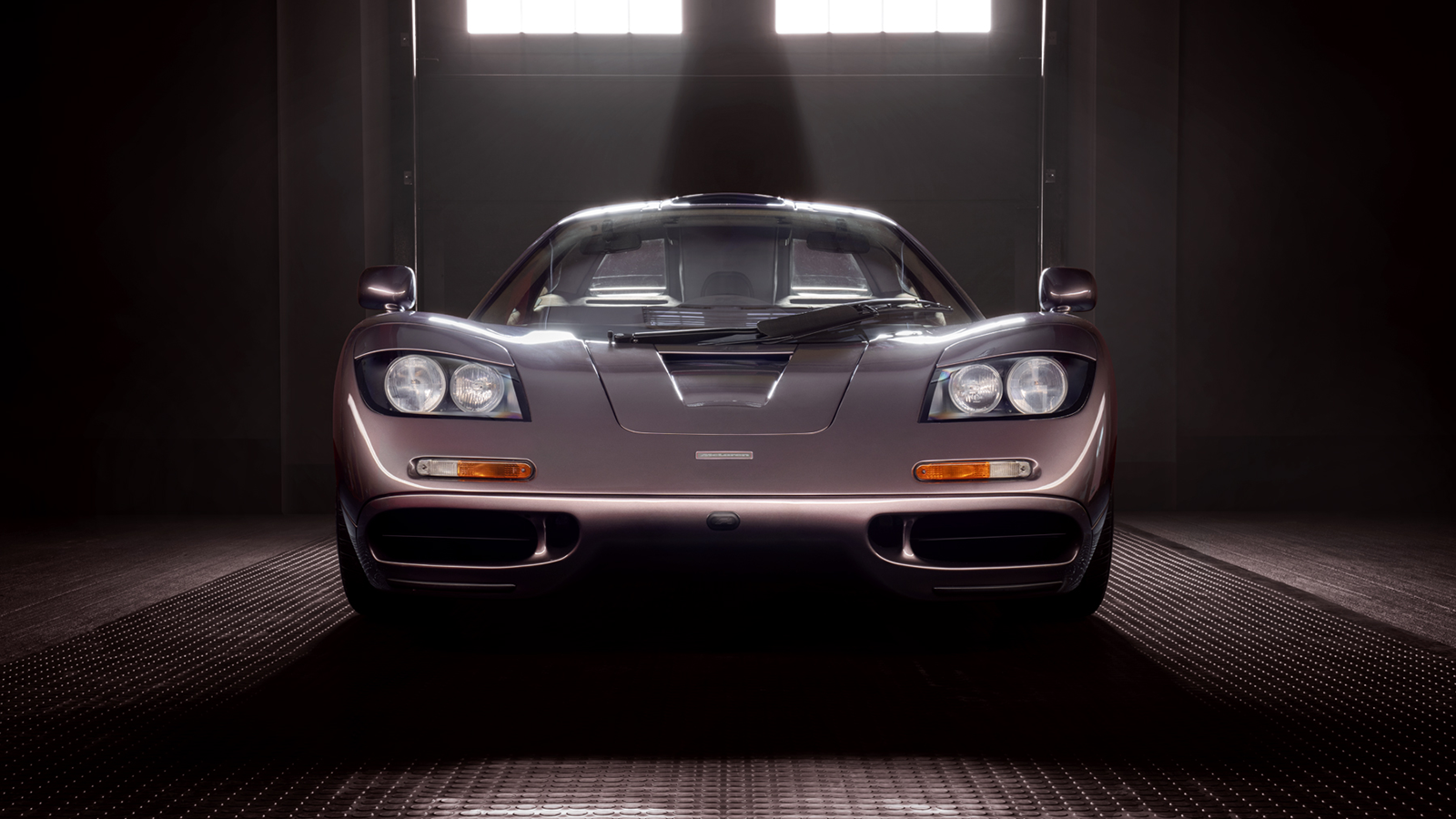 © Mike Maez/Gooding & Company
© Mike Maez/Gooding & Company -
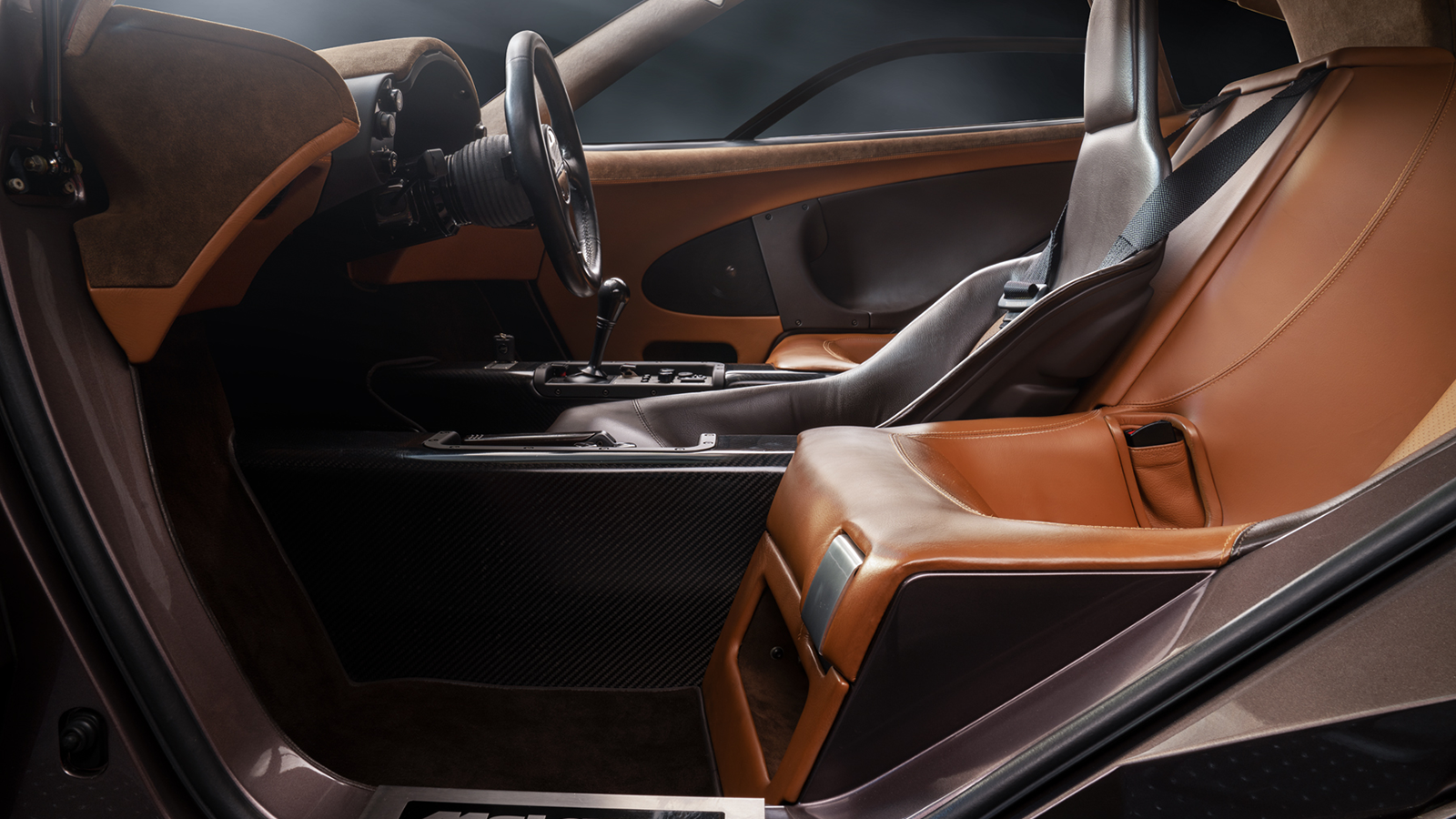 © Mike Maez/Gooding & Company
© Mike Maez/Gooding & Company -
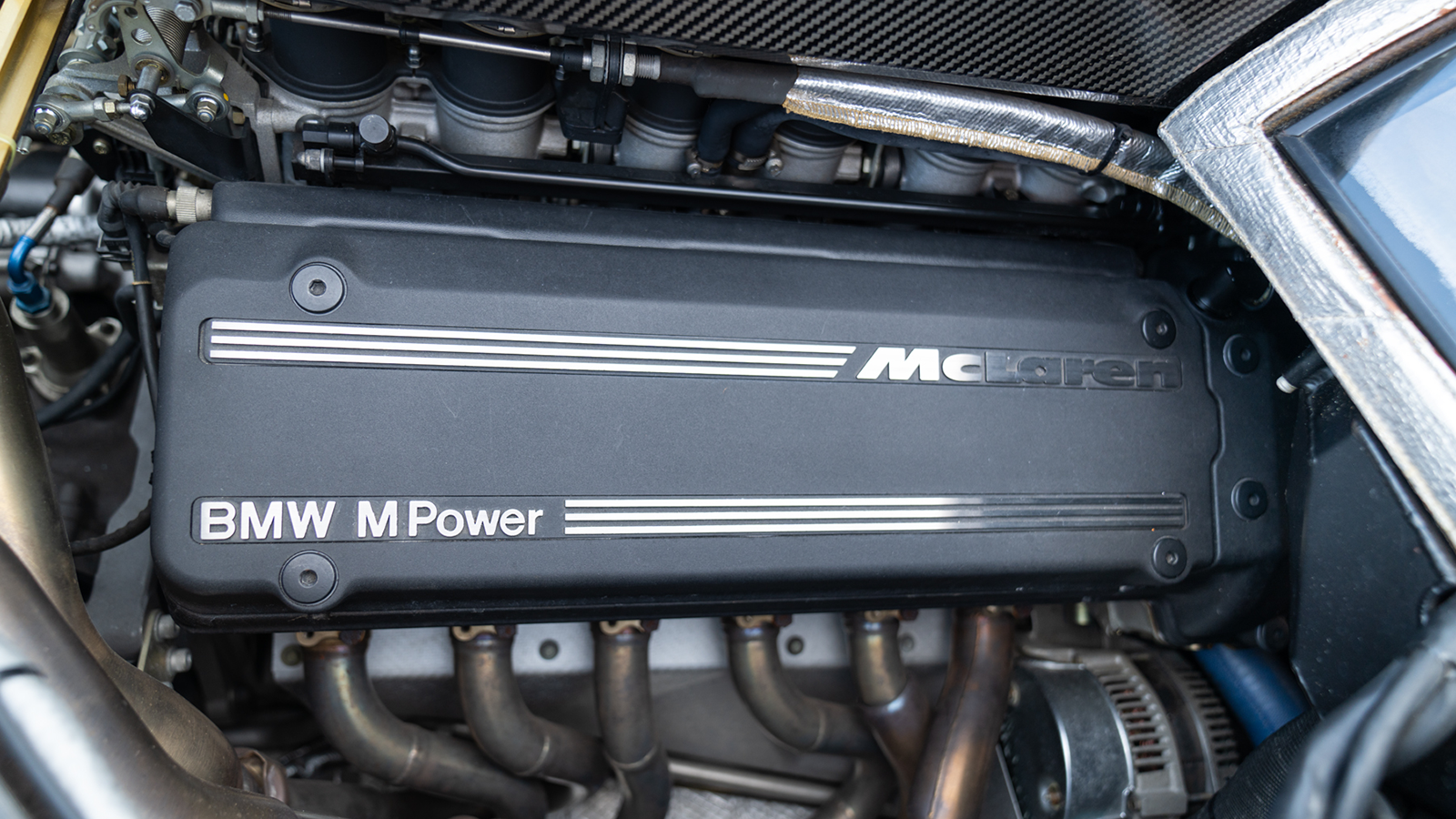 © Mike Maez/Gooding & Company
© Mike Maez/Gooding & Company -
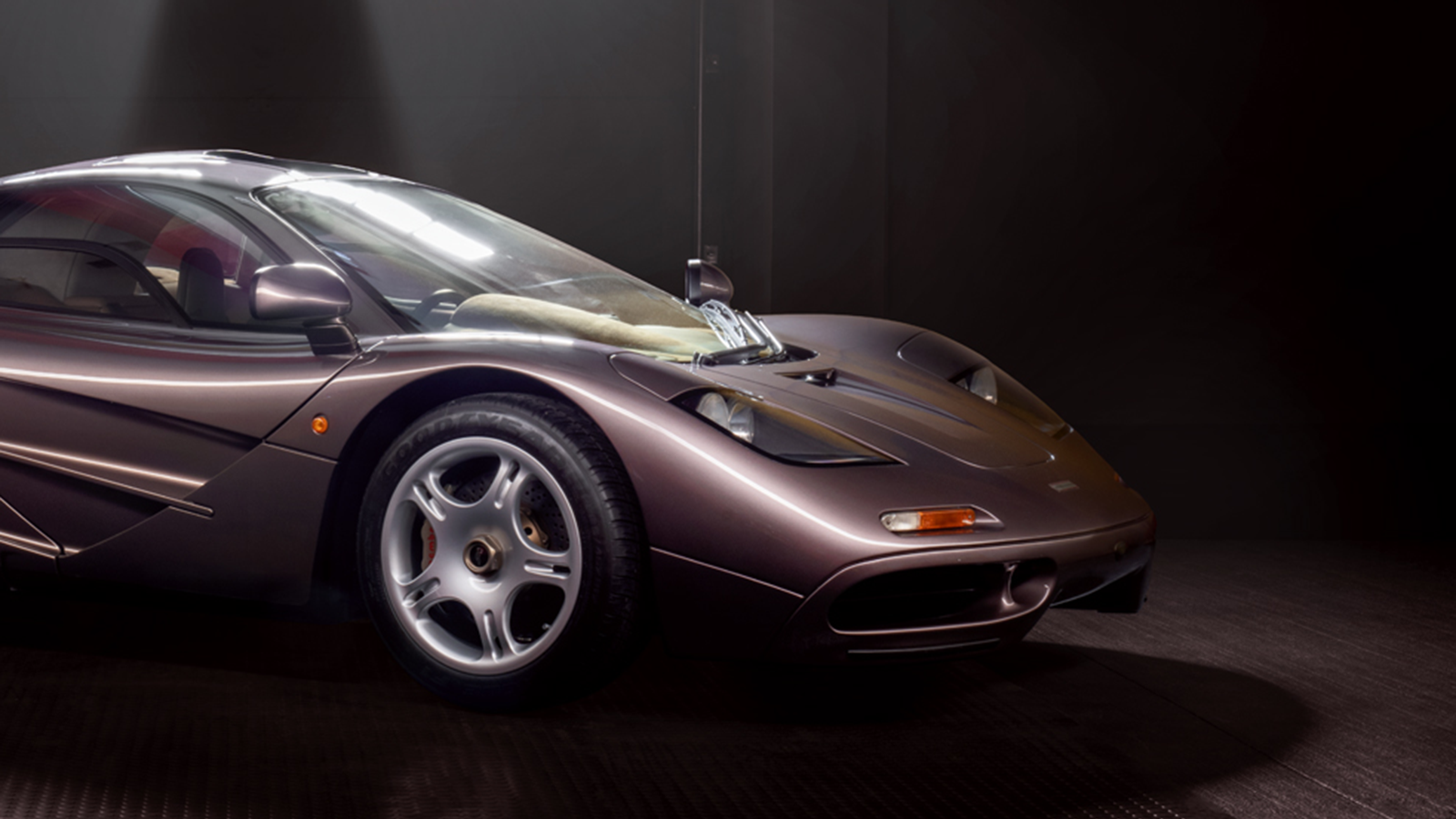 © Mike Maez/Gooding & Company
© Mike Maez/Gooding & Company -
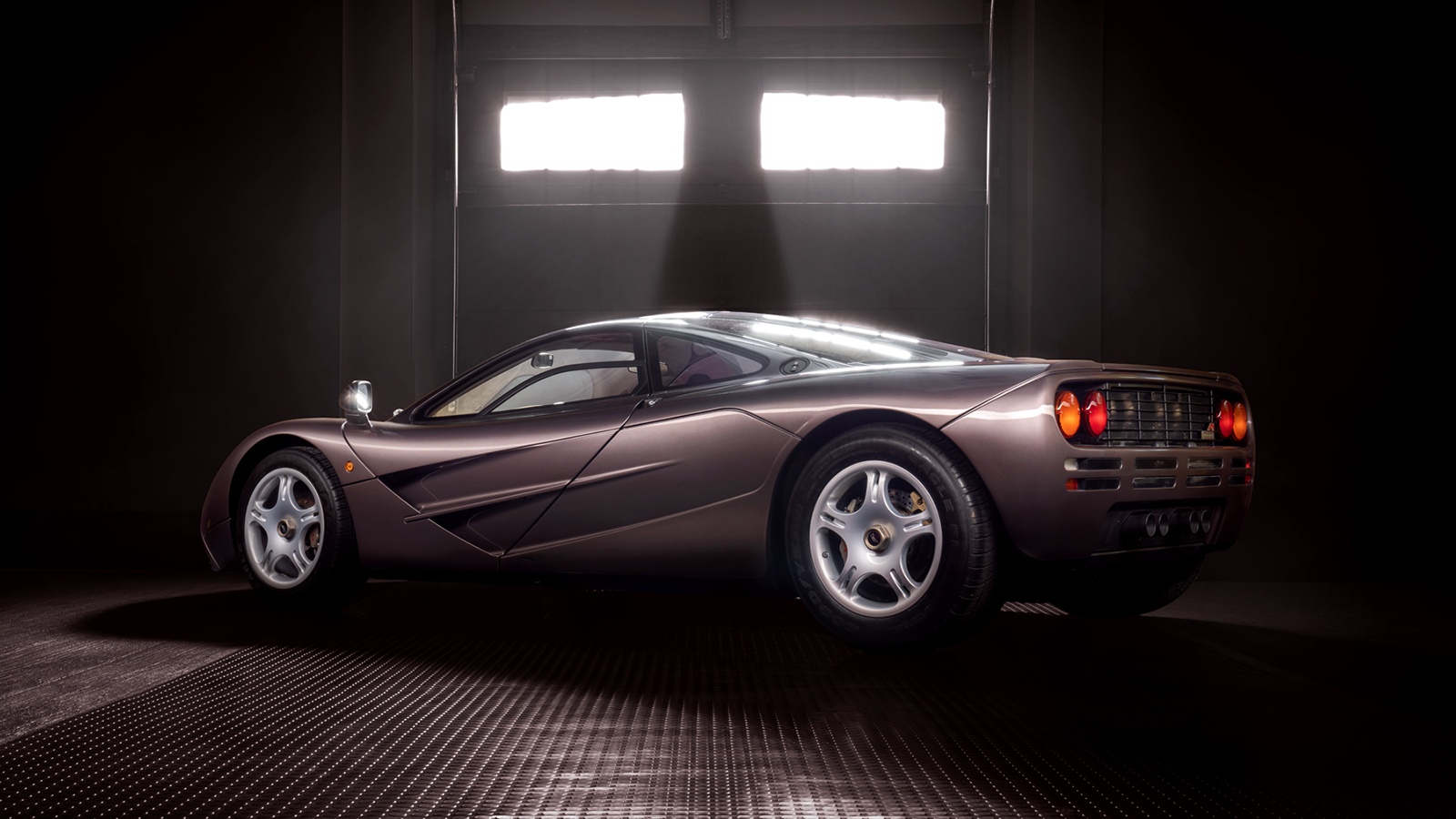 © Mike Maez/Gooding & Company
© Mike Maez/Gooding & Company -
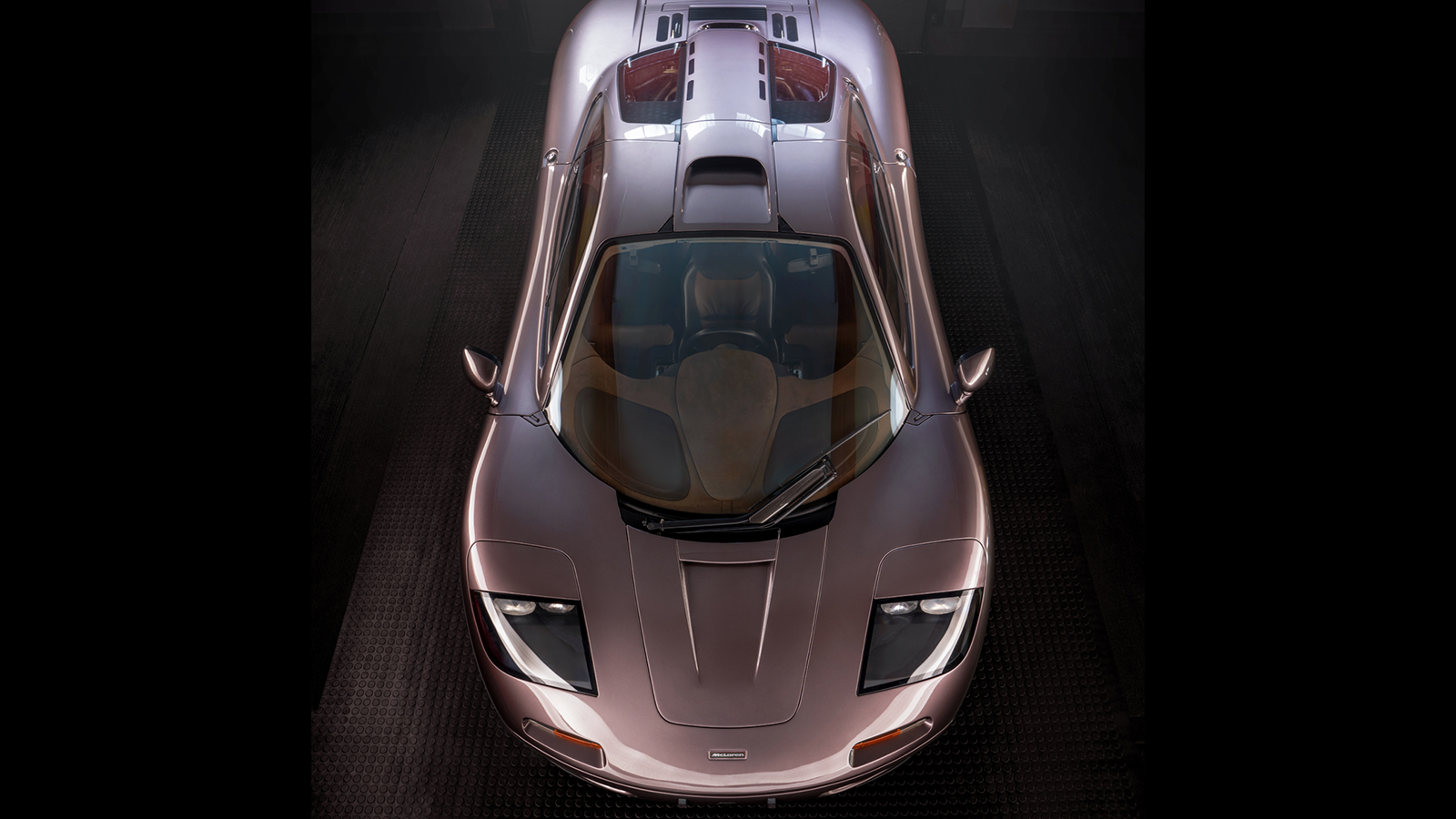 © Mike Maez/Gooding & Company
© Mike Maez/Gooding & Company -
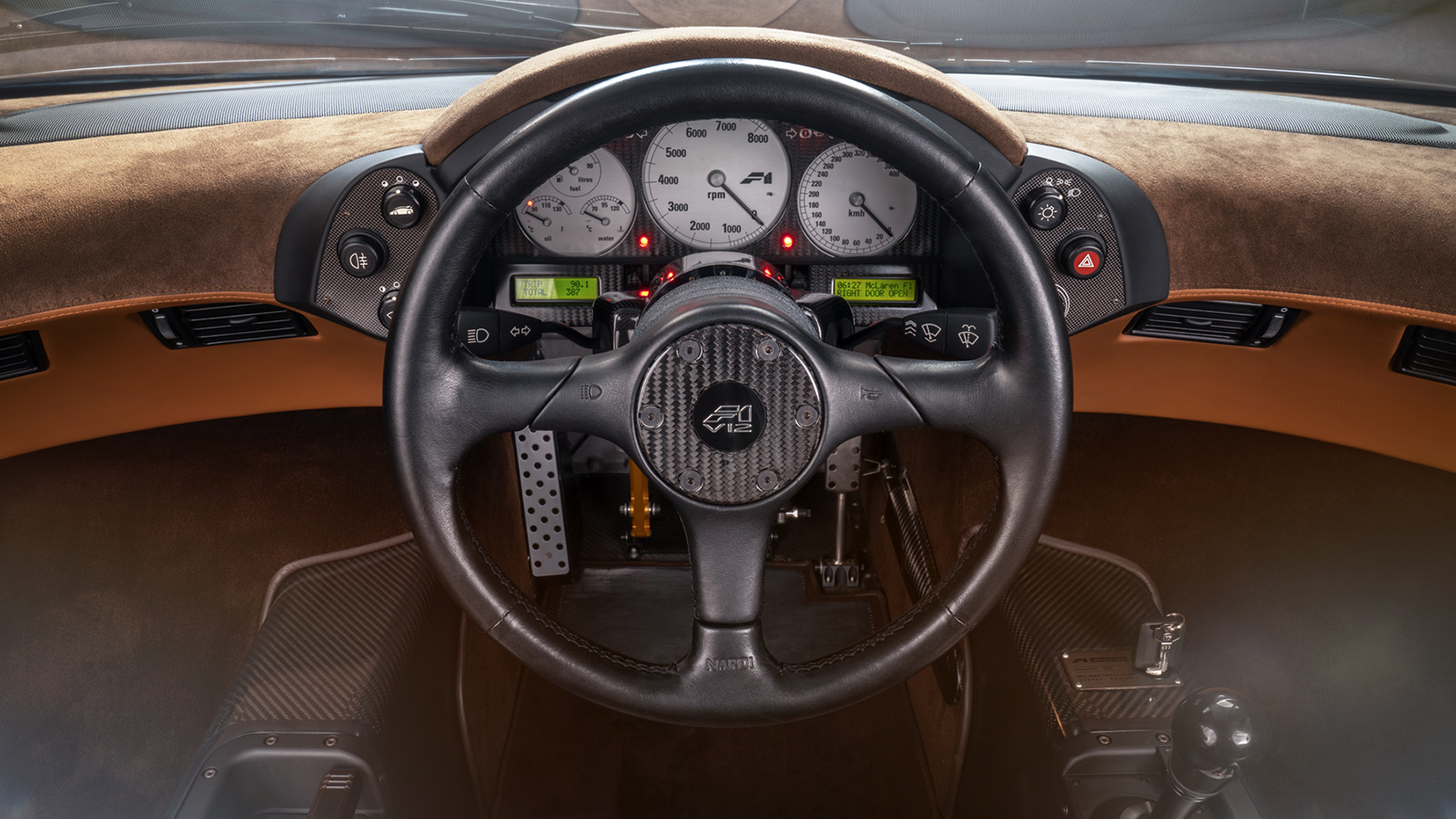 © Mike Maez/Gooding & Company
© Mike Maez/Gooding & Company -
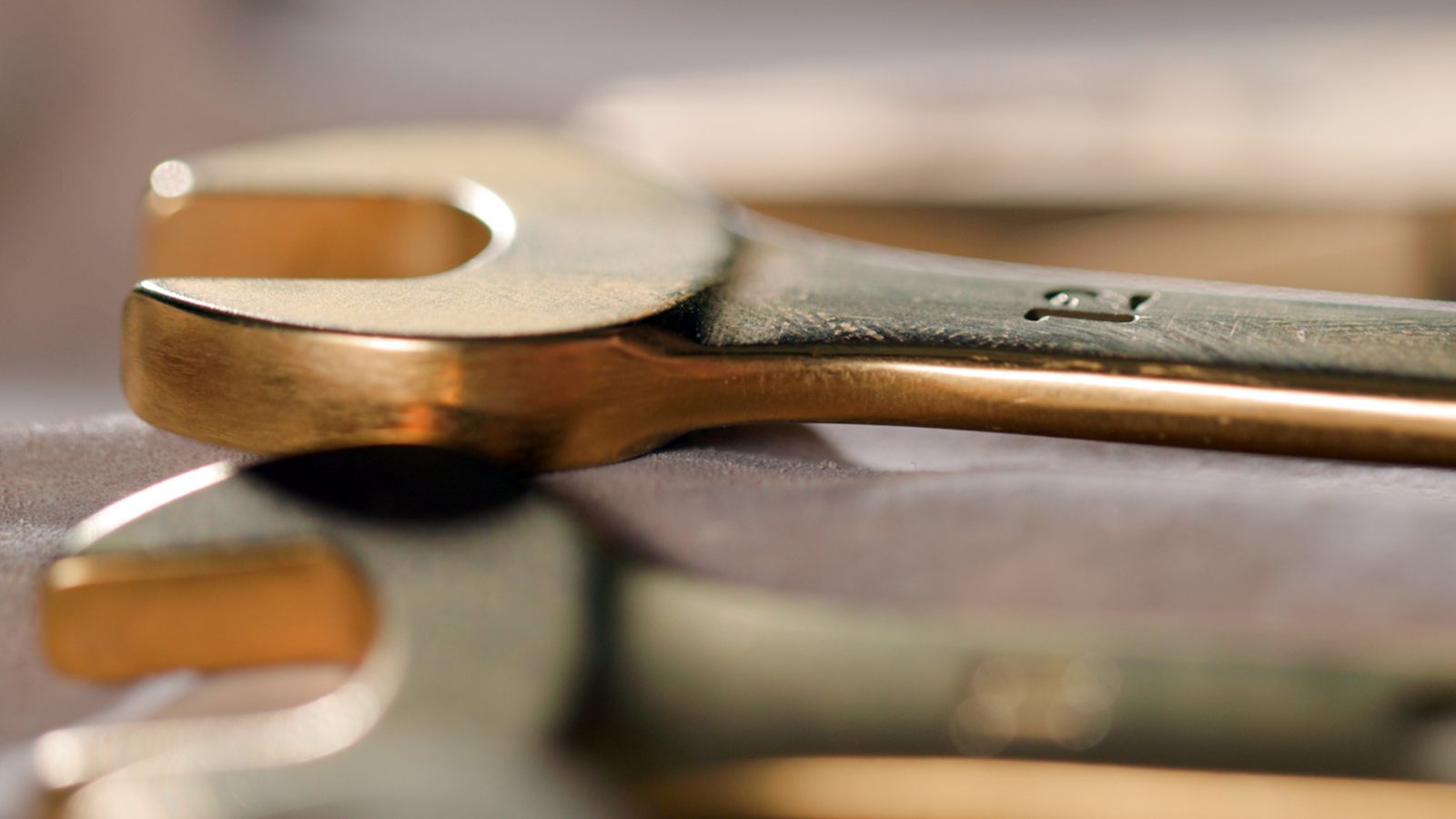 © Mike Maez/Gooding & Company
© Mike Maez/Gooding & Company -
 © Mike Maez/Gooding & Company
© Mike Maez/Gooding & Company -
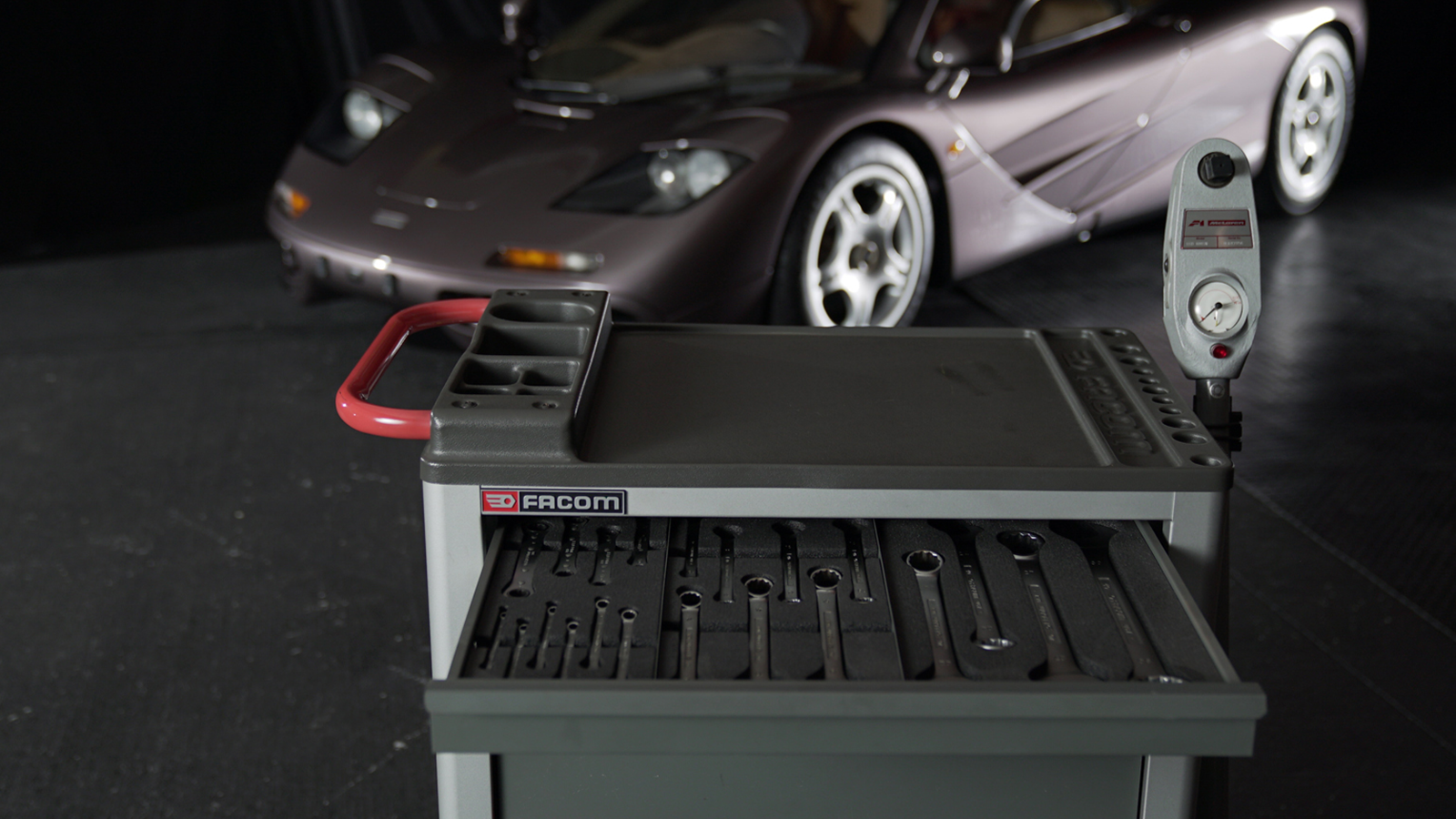 © Mike Maez/Gooding & Company
© Mike Maez/Gooding & Company -
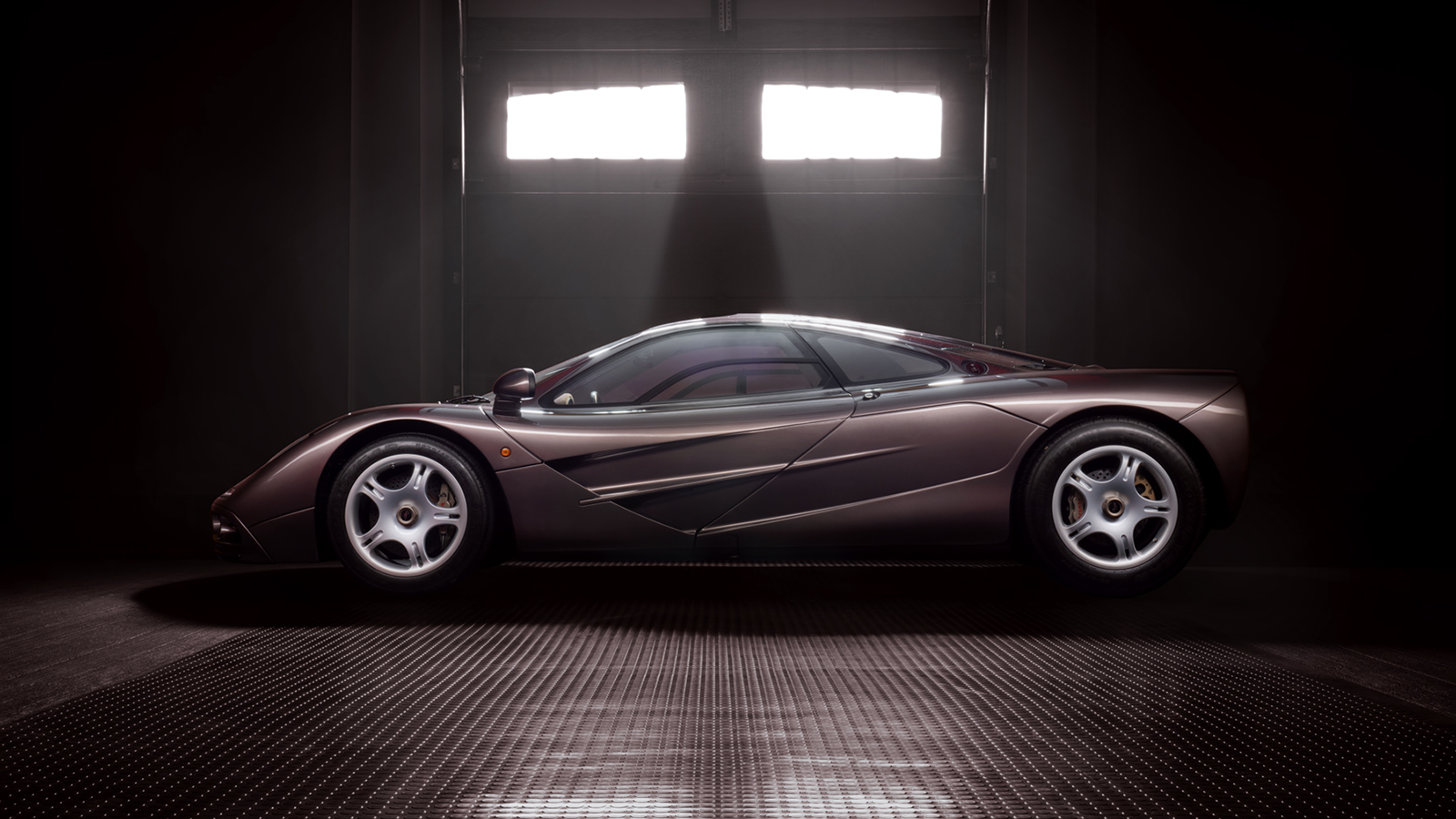 © Mike Maez/Gooding & Company
© Mike Maez/Gooding & Company -
 © Mike Maez/Gooding & Company
© Mike Maez/Gooding & Company -
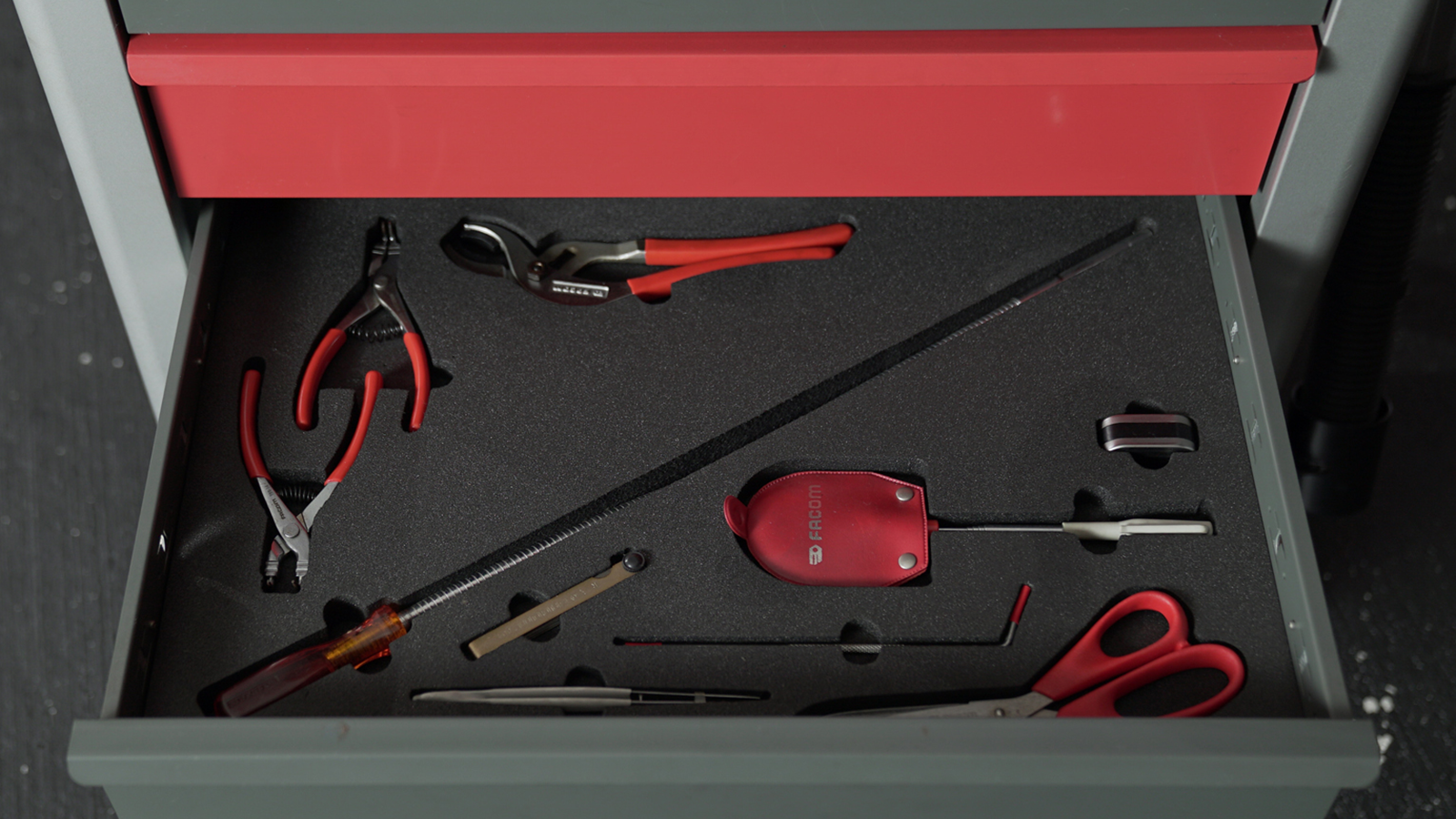 © Mike Maez/Gooding & Company
© Mike Maez/Gooding & Company -
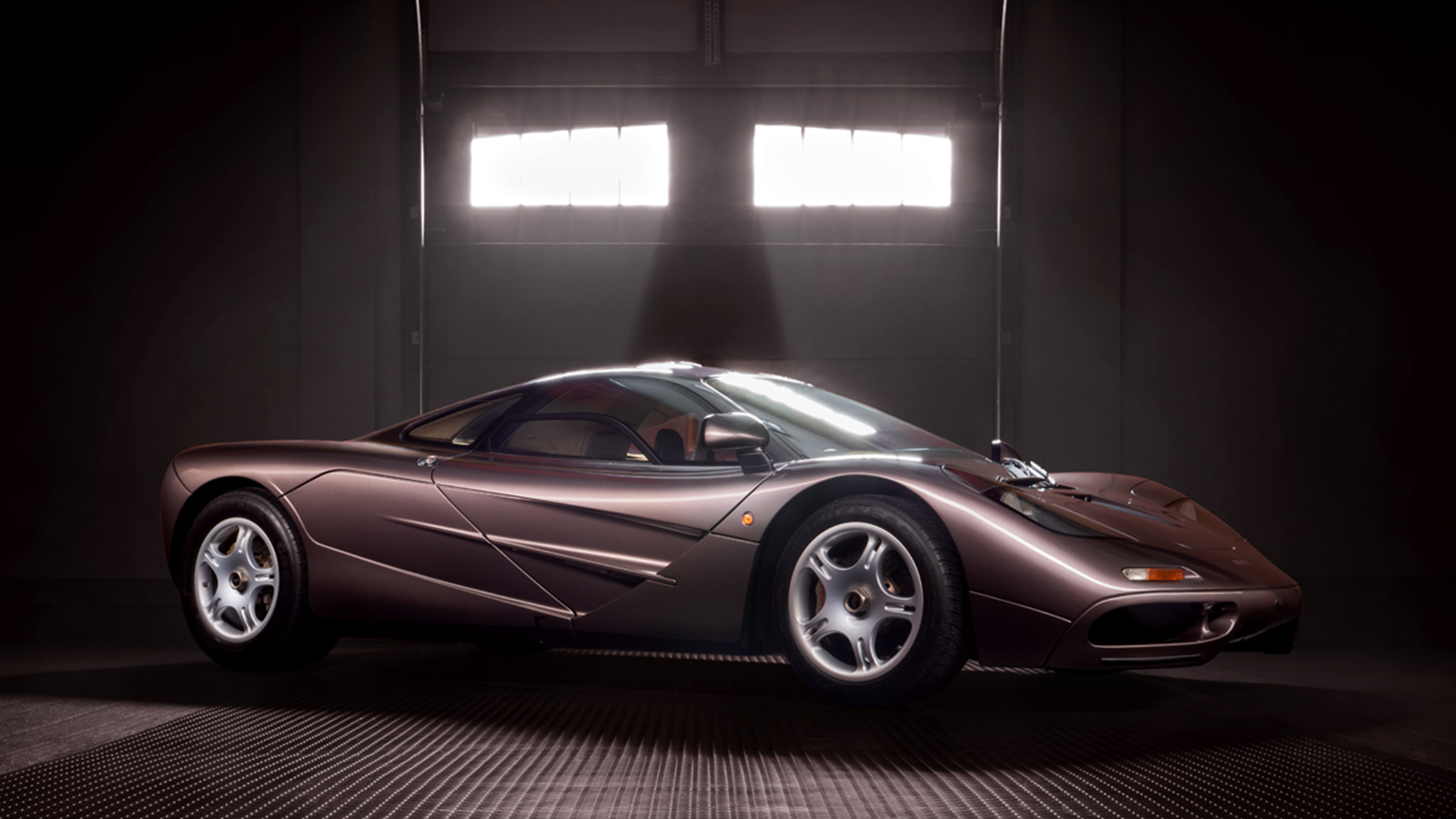 © Mike Maez/Gooding & Company
© Mike Maez/Gooding & Company -
 © Mike Maez/Gooding & Company
© Mike Maez/Gooding & Company -
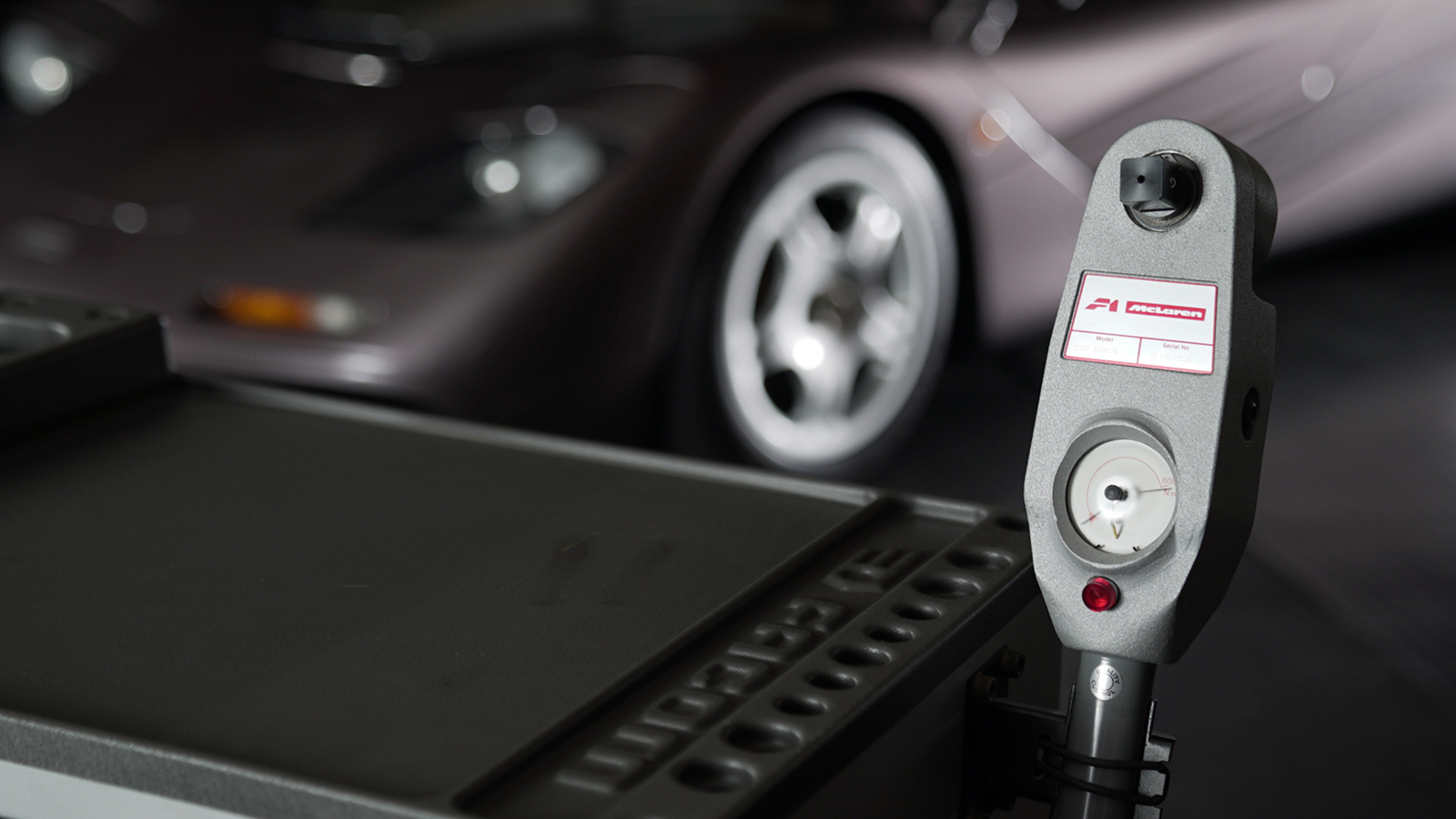 © Mike Maez/Gooding & Company
© Mike Maez/Gooding & Company -
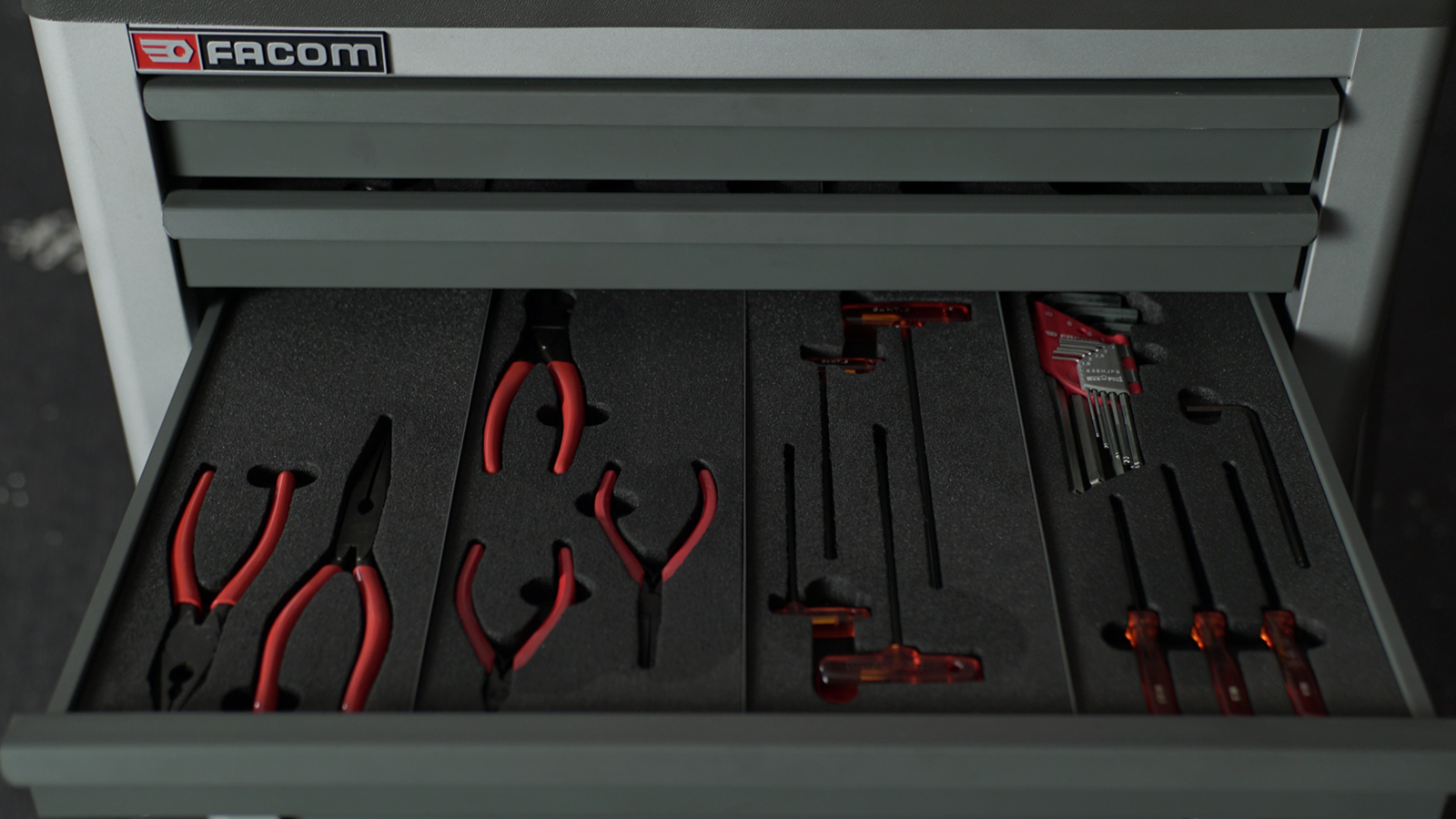 © Mike Maez/Gooding & Company
© Mike Maez/Gooding & Company -
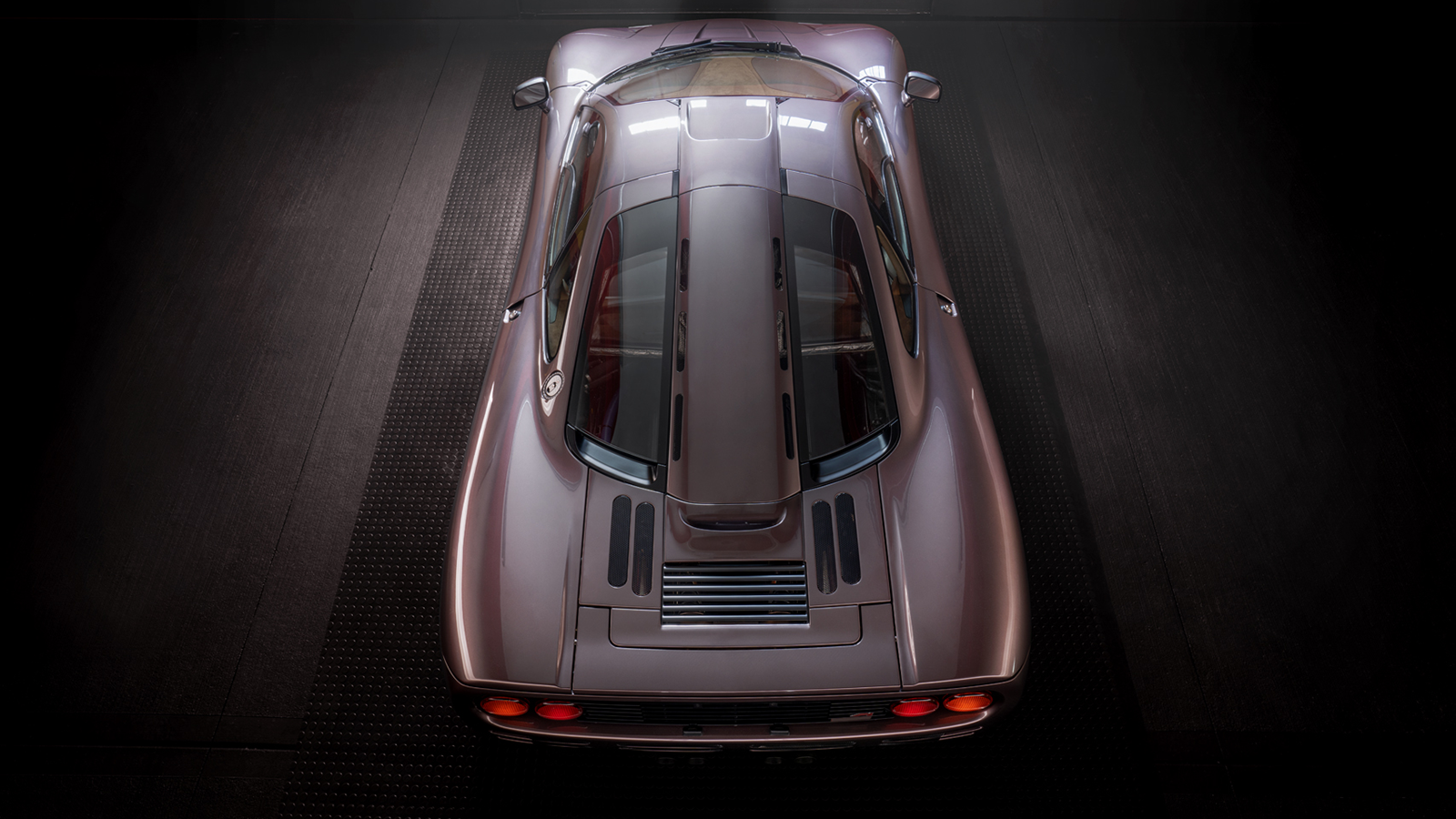 © Mike Maez/Gooding & Company
© Mike Maez/Gooding & Company -
 © Mike Maez/Gooding & Company
© Mike Maez/Gooding & Company -
 © Mike Maez/Gooding & Company
© Mike Maez/Gooding & Company
-
One in 15m?
Any McLaren F1 is a jaw-dropping special. The seminal supercar is one of the greatest automotive dreams-turned-reality to ever be produced.
And this example is a particularly special one.
So special that it is predicted to achieve at least $15m (£10.7m) when it crosses the block at Gooding & Company’s Pebble Beach sale this August.
We have to find out more.
-
Box fresh
This car is chassis 029 and, until now, it has rarely been seen in public, having spent most of its 26 years stashed in a Japanese collection.
During this time this McLaren F1 was carefully and lovingly cared for, and rarely driven. In fact, so seldom has it been driven that its odometer shows fewer than 390km (242 miles).
-
A rare beast
This, according to Gooding & Company, makes it the lowest-mile McLaren F1 ever to be offered at auction.
And the winning bidder is not ‘merely’ going to take home this astonishing classic. No, he or she will also be the proud owners of a collection of McLaren accessories, including this FACOM tool chest.
-
The tools for the job
These are included in this sale, too, a gold-plated titanium toolkit presented in its own case, something which all F1s were sold with.
Well, the car must be kept in fine fettle. But that even the tools are so aesthetically pleasing and offered in such seemingly pristine – unused? – condition underlines how special this sale is.
-
Holiday ready?
And the extras don’t stop there!
Also included in this sale is a set of leather fitted luggage, embossed, as you can see, with the famous ‘F1’ logo. This was tailored to fit in the car’s carpeted luggage space and a set was sold new with each car. As was a TAG Heuer watch, which is in this sale, too. Also included is the book Driving Ambition, written by Ron Dennis, Gordon Murray and Doug Nye to tell the official, inside story of the McLaren F1.
A McLaren service book and owner’s manual are also included.
-
One of a kind
The stand-out features just keep coming with this car…
This was the 25th McLaren F1 road car built and the only one that was finished in a colour called Creighton Brown, named in honour of, you guessed it, the late Creighton Brown, joint owner of McLaren International with Ron Dennis, who was instrumental in establishing McLaren Cars and, ultimately, creating the F1.
-
Leather-lined luxury
This one-off paintjob sits very nicely with the three-seat interior’s light tan and dark brown leather upholstery.
A rhapsody in brown, then, but all in the best possible taste – and, of course, with a sensational V12 accompaniment.
-
The power to perform
And here it is, the BMW-built, Paul Rosche-designed, naturally aspirated, all-alloy, quad-overhead-camshaft, 6064cc, 60º V12, that has two computer-controlled injectors per cylinder and develops 627bhp at 7500rpm, as well as 479lb ft torque at 5600rpm.
All of which means the F1 is good for 0-60mph in 3.2 secs with a 240mph top speed; it reaches 150mph in under 13 secs.
-
Not tyred out
This example’s condition is so original that it still wears the date-coded bespoke 315/45 ZR17 Goodyear Eagle F1 Tyres upon which it rolled out the Woking factory.
Behind these – and visible through the alloy wheels – are ventilated disc brakes, and the McLaren F1 has all-round independent suspension plus rack and pinion steering.
-
The best there is?
Having read this far, it is perhaps not hard to believe that Gooding & Company, which is offering this car at its Pebble Beach 2021 auction, describes it as being ‘among the finest and best-preserved examples extant’.
So how about we take a trip down memory lane and remember more about what makes the McLaren F1 such an incredible classic supercar.
-
Ruling the world
It is no exaggeration to describe the McLaren F1 as a game-changer.
Unveiled in 1992, engineered by Gordon Murray and clothed in a Peter Stevens-designed body, it was sold for just six years.
Thanks to its pioneering carbonfibre monocoque, each of which took more than 3000 hours to make, it was lightweight for the day at under 1150kg – even the seat is moved manually to save the heft of a motor.
-
Interior inspiration
Getting in to the central driver’s seat is not a graceful process – but it is most definitely worth the effort.
Beneath your feet are race-bred pedals and everywhere you look it is clear how carefully and brilliantly over-engineered the McLaren F1 is.
The interior is beautifully crafted and wonderfully packaged, every inch of space used to best effect – such as the door openers being under the seats – and with enough cubbyholes and storage to match an everyday small car, especially if you are travelling solo.
-
Flight of fantasy?
The F1 makes you feel as if you are piloting a fighter jet from the moment you open the dihedral doors and clamber under the surprisingly roomy canopy.
And that’s not just thanks to the central driving position, but also the flip-catches over the red starter button and reverse lock-out, plus the joystick shape and feel of the gearlever.
-
All that glitters is gold
Famously, the engine bay of the McLaren F1 is lined in gold foil. And, yes, it is eye-catching and memorable, it is fabulous to look at and gives the car an even-more-exclusive feel, but, of course, there is science behind this.
The material was chosen because of its heat-reflecting qualities.
-
Money bags
Of course, any supercar doesn’t just cost a lot to buy, insure and fuel. You’ll need several tens of thousands of pounds a year to run one, a mere oil change alone relieving you of thousands of pounds.
But then one of the world’s greatest ever cars deserves the best, surely?
-
Only what’s needed
While the svelte silhouette Stevens endowed the F1 with helps it still appear fresh despite its three-decade-old design, in other respects it is (relatively) archaic.
There is no power steering, no traction control, no servos, no ABS… But why weigh it down with what isn’t needed? This philosophy is apparent throughout this car.
-
Racing glory
Between 1992 and 1998, just 106 examples of the McLaren F1 were built.
And although it was never originally conceived to be a motorsport hero, memorably the competition-spec F1 GTR became a dominant force on the ’90s racing scene, including scoring an incredible 1-3-4-5 at the 24 Hours of Le Mans in 1995 on the marque’s first attempt – and during what was a very wet edition.
-
Fabulous firsts
Many firsts were achieved that day.
It was McLaren’s first Le Mans win at its first attempt, a feat that made it the first manufacturer to win outright on debut since the race’s first running.
This also meant that McLaren was the first team to have won the F1 world championship, the Indianapolis 500 and Le Mans 24 Hours.
It was also the first year a Japanese driver won the famous French enduro, Masanori Sekiya sharing driving duties with Yannick Dalmas from France and Finland’s JJ Lehto.
-
What an experience
So, what is the F1 like to drive? Not that this example has been driven much, but, still…
Who better to get an opinion from than Gordon Murray? “The car is the boss and it’s up to your skill and levels of bravery to get the best from the driving experience.”
-
First impressions
Back in 1994, Classic & Sports Car’s sister magazine, Autocar, said this of the F1.
‘The McLaren F1 is the finest driving machine yet built for the public road. The F1 will be remembered as one of the great events in the history of the car, and it may possibly be the fastest production road car the world will ever see.’
-
A superlative achievement
But then, in many ways, the McLaren F1 is more than ‘just’ a car.
It is a statement, an embodiment of engineering perfection, a state-of-the-art showcase of superlative skill.
And in the case of chassis 029 that we see here, it literally is not ‘just’ a car, given the accessories it is heading to auction with.
-
Big numbers
This uniquely coloured classic’s current owner is in the US and there, too, it is being preserved in this as-new, pristine condition.
The most expensive production car when new, Gooding & Company has attached an eye-watering pre-sale of ‘in excess of $15,000,000’ to this exceptional example from 1995.
-
There’s form…
Is the auction house being wildly optimistic, given that almost unimaginable sum? Perhaps not.
The most ever paid at auction for a McLaren F1 was $19,805,000 (£16.33m/€17.86m), for a 1994 ‘LM-specification’ car at the RM Sotheby’s Monterey sale in August 2019.
That car was one of two modified by the factory to LM-spec and it had done fewer than 21,500km (c13,350 miles).
-
Second in line
Two years earlier, at Bonhams’ Quail Lodge Auction in Carmel, USA, the hammer fell at $15,620,000 (£11,191,258) on a 1995 McLaren F1, making it the second most expensive example ever sold at auction.
That car was the first McLaren F1 sold into the US, it was consigned to the sale by its first owner and at the time it had covered fewer than 10,000 miles, including an epic European road trip, starting and finishing at the Woking factory where the car was built. Upon its return to McLaren HQ, it received its first service.
-
The clock is ticking
So there is every chance that this time-capsule McLaren F1 could threaten the record books when it goes to auction with Gooding & Company this year.
It will cross the block during the firm’s 17th annual Pebble Beach Auctions on 13-14 August 2021.
Find out more about this sale here. We’re excited to see what it achieves.
